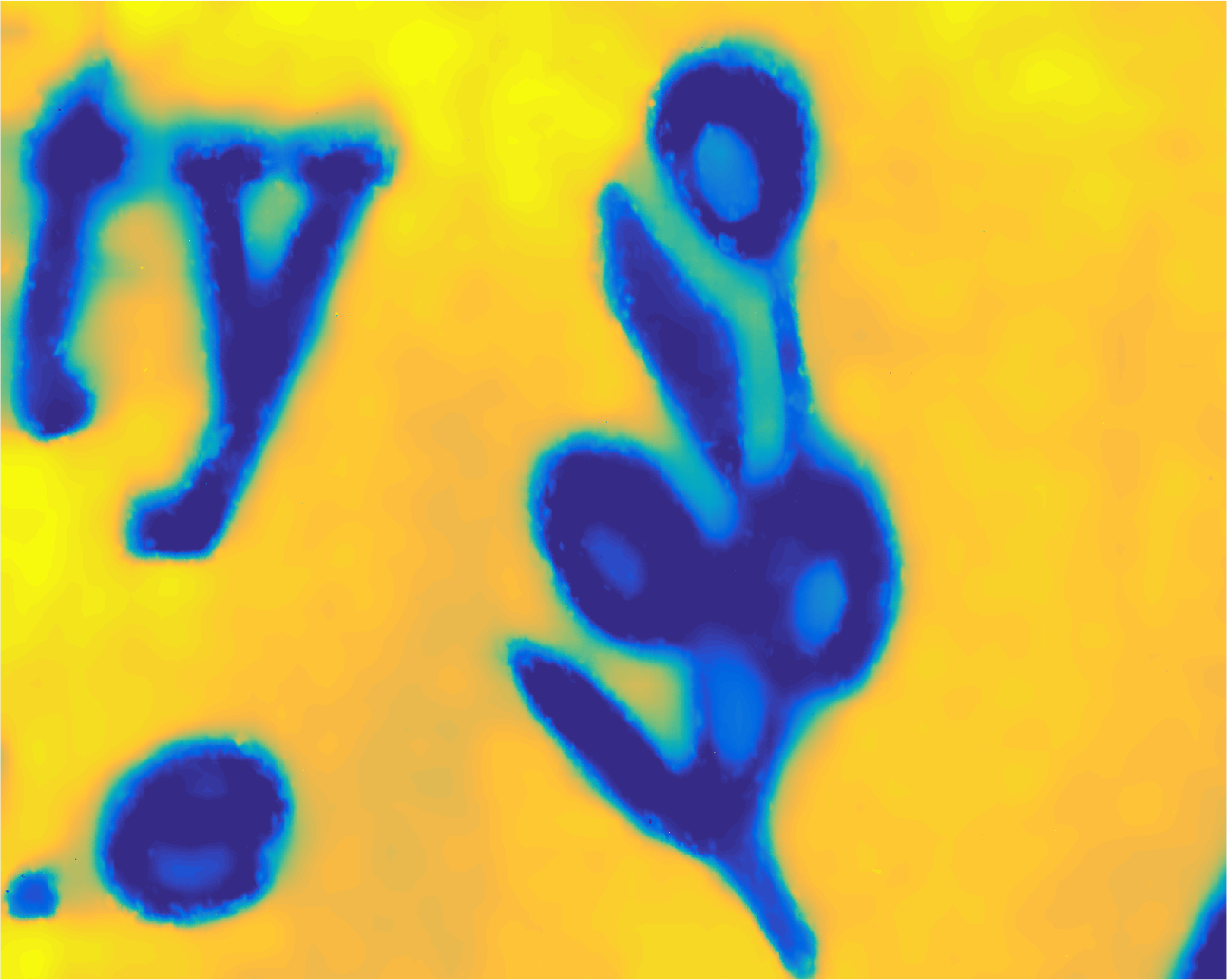Abstract
We present a new imaging technique, swept-angle synthetic wavelength interferometry, for full-field micron-scale 3D sensing. As in conventional synthetic wavelength interferometry, our technique uses light consisting of two narrowly-separated optical wavelengths, resulting in per-pixel interferometric measurements whose phase encodes scene depth. Our technique additionally uses a new type of light source that, by emulating spatially-incoherent illumination, makes interferometric measurements insensitive to aberrations and (sub)surface scattering, effects that corrupt phase measurements. The resulting technique combines the robustness to such corruptions of scanning interferometric setups, with the speed of full-field interferometric setups. Overall, our technique can recover full-frame depth at a lateral and axial resolution of 5 μm, at frame rates of 5 Hz, even under strong ambient light. We build an experimental prototype, and use it to demonstrate these capabilities by scanning a variety of objects, including objects representative of applications in inspection and fabrication, and objects that contain challenging light scattering effects.
Synthetic wavelength interferometry
Interferometric setups
Video
Visualization
A visualization of all our 3D reconstruction results is available at the interactive supplemental website.




Resources
Paper: Our paper and supplement are available on CVF open access, on arXiv, and locally (paper, supplement).
Poster: Our poster is available here.
Presentation: Our presentation slides are available here.
Code: Our code is available on Github.
Data: The data to reproduce our experiments is available here.
Citation
@InProceedings{Kotwal:2023:SWI,
author = {Kotwal, Alankar and Levin, Anat and Gkioulekas, Ioannis},
title = {Swept-Angle Synthetic Wavelength Interferometry},
booktitle = {Proceedings of the IEEE/CVF Conference on Computer Vision and Pattern Recognition (CVPR)},
month = {June},
year = {2023},
pages = {8233-8243}
}
Acknowledgments
We thank Sudershan Boovaraghavan, Yuvraj Agrawal, Arpit Agarwal, Wenzhen Yuan from CMU, and Veniamin V. Stryzheus, Brian T. Miller from The Boeing Company, who provided the samples for the experiments in Figure 1 of the paper. This work was supported by NSF awards 1730147, 2047341, 2008123 (NSF-BSF 2019758), and a Sloan Research Fellowship for Ioannis Gkioulekas.